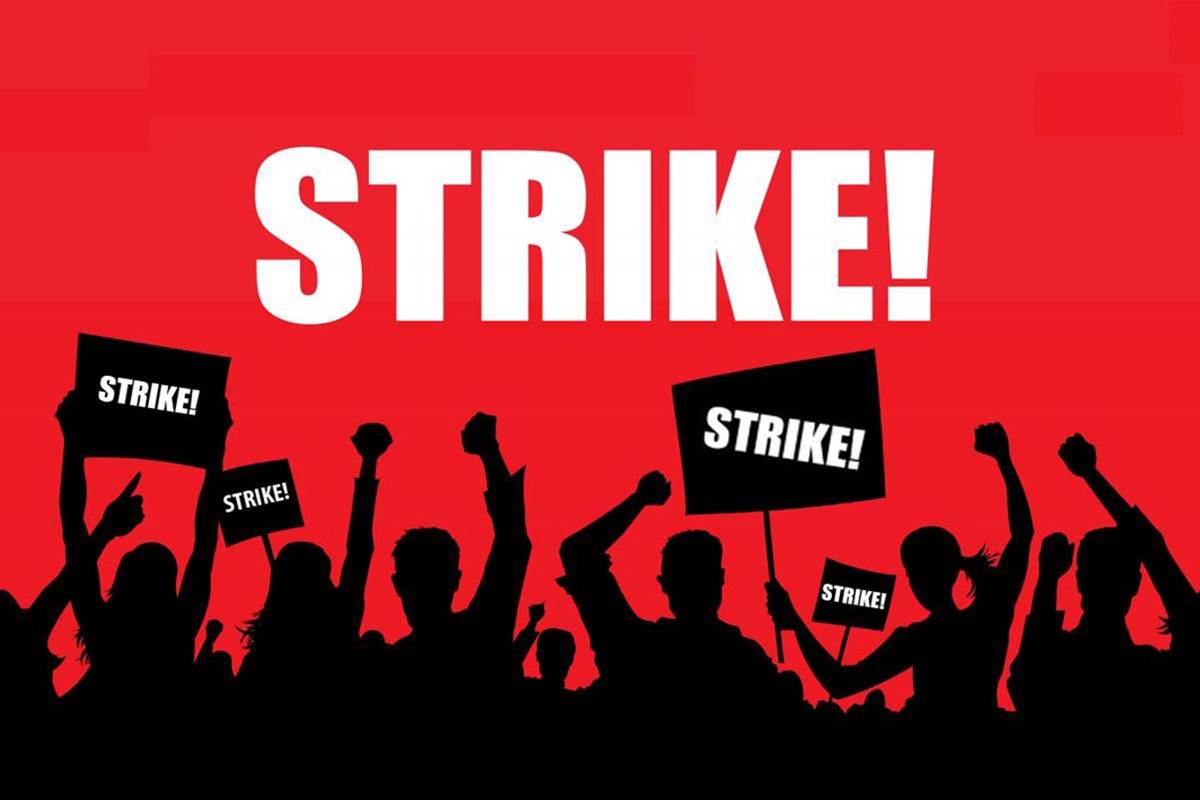Roar Magazine, May 18, 2021
The number of strike threats in the US is on the rise. Under pressure from members to take bolder more direct action in the workplace, unions have responded in recent years with issuing more high-profile threats to strike. Is this tactic part of an effective new strategy that is redirecting unions back to organizing and striking or merely a symbolic pronouncement that cannot be backed up with an actual strike?
Strike threats, when combined with workers’ inquiries that can prepare workers to make successful structure tests, can be an essential weapon for tipping the balance of class power back in the workers’ favor. To do that they need to be credible — to both the workers organizing to strike and to the employer targeted with the strike.
WHAT MAKES A STRIKE THREAT CREDIBLE?
Not all strike threats are credible. For a strike threat to be credible it must fulfill two criteria. First, it must convince the employer not only that the workers are prepared to strike but that the costs of a strike will be higher than making a concession to settle the dispute before the strike happens. Second, to convince the employer, it must also convince a supermajority of workers that a strike will succeed in realizing their objectives and persuade them to get involved.


